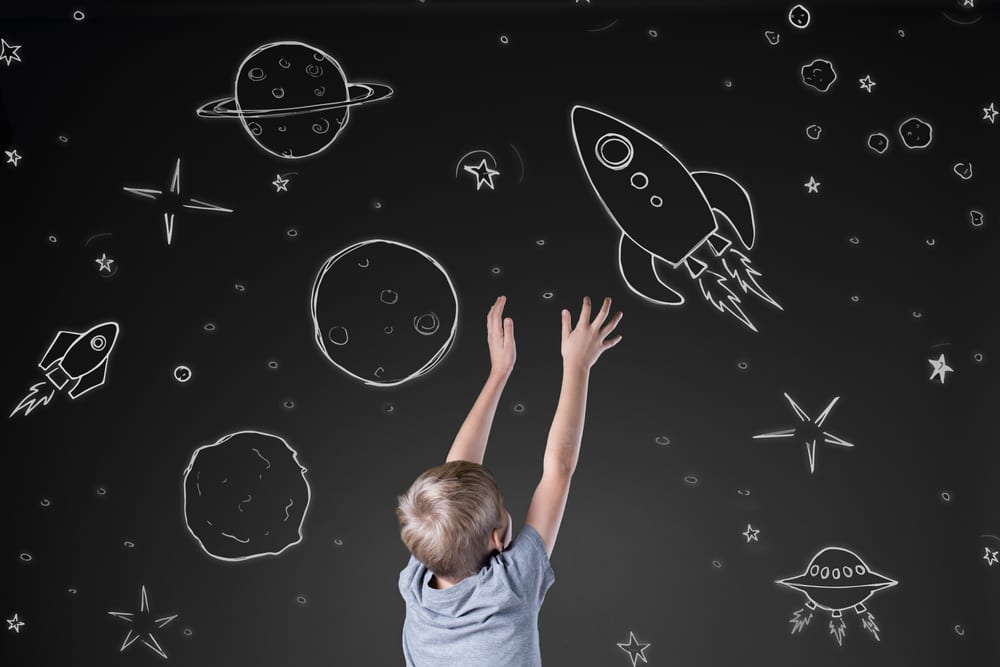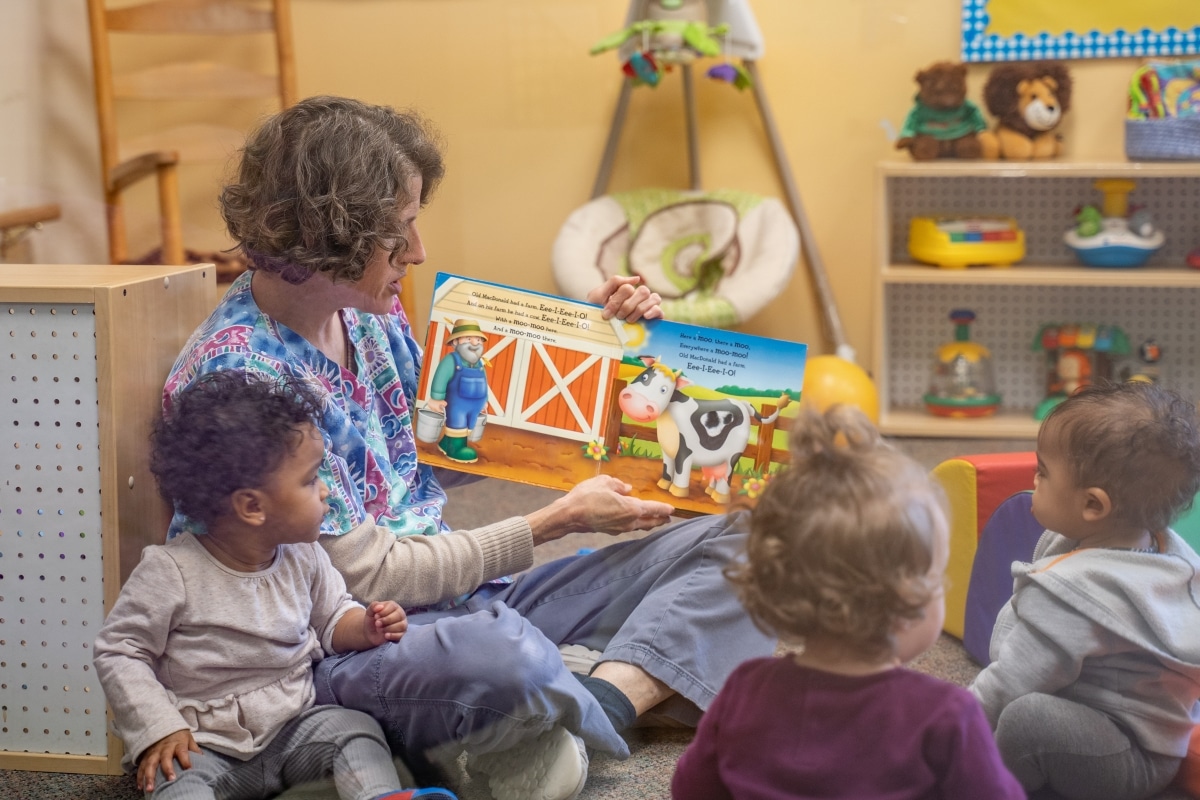By Archana Dalal
One thing that sets Montessori schools apart from other preschools is practical life activities. According to Dr. Maria Montessori, practical life is “The Montessori term that encompasses domestic work to maintain the home and classroom environment, Self-Care and Personal Hygiene, and Grace & Courtesy.”
Natural Consequence
Young Children are always interested in practical life skills like washing dishes, pouring, scooping, tweezing, spooning etc.Using real materials like wood, metal, and glass helps the child to be careful and controlled. If they misuse or accidentally drop wood and metal materials, they will make loud noises but glass will break and breaking material can be a disaster.
However, sometimes it’s a self-consequence for the child and can be handled naturally by allowing children to clean up simply, easily and proudly. This also helps that sense of reality and home learning environment as well. Children start developing concentration, respect for materials, patience and self-control. In a Montessori classroom, natural consequences are inherent that if any material is broken it is no longer available to work with.
Cause and Effect
Using real materials in the Montessori environment also gives children authentic, hands-on experiences. When a child organizes their materials, we hope that they put their objects on their work mat or oil cloth in a neat and organized manner. When a child starts working and has forgotten the importance of placement of materials and accidentally bumps a cup or a picture off their table, it breaks. This provides a natural cause and effect lesson for the child.
If we surround the children with plastic, metal, wood, and paper materials, we are depriving them from the lesson of cause-and-effect. For example, if the cup always bounces when it falls, the child misses that opportunity to learn from their mistakes and to try again. So next time, the child is more likely to remember to put the materials on the oil cloth or work mat in an appropriate area so that they are free to use the materials and work without breaking anything.
Beauty and aesthetics
Using real glass provides opportunities to enhance the environment with vanity. How often at home does a child get to use the fancy bowl or the pretty tea cup? As Montessorians, we search and try to find the most beautiful bowls, trays, pitchers, and cups so that the children have an opportunity to work with something so beautiful yet fragile. Not only does it make the environment look nice, but it builds a sense of pride with the child that they get to use such fancy materials. While at home the glassware might be saved for just adults, in our children’s house, all things which are beautiful and fragile, are for them.
So, having real materials in a classroom is very important to develop their real skills with real activities. This gives them purpose, meaning, emphasis on independence and adaptation on their environment.











